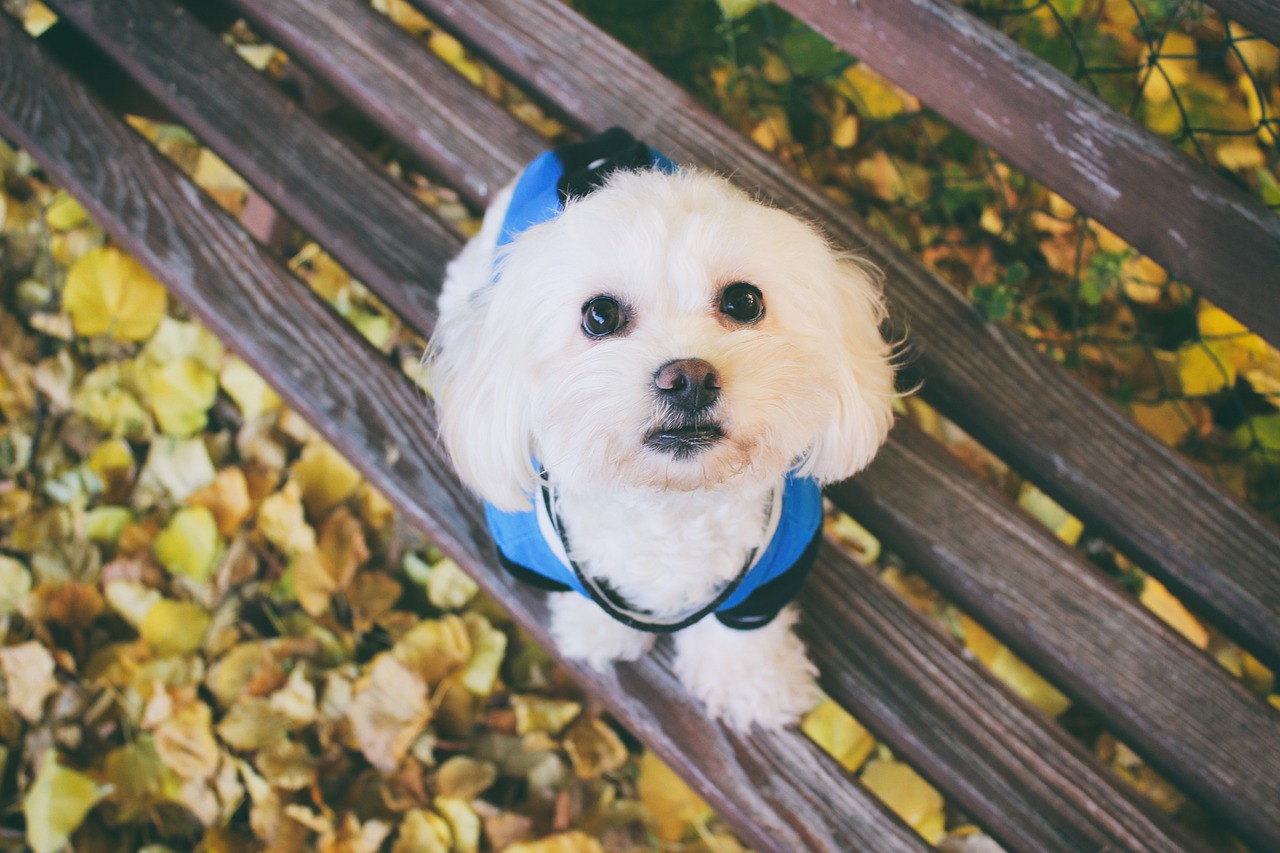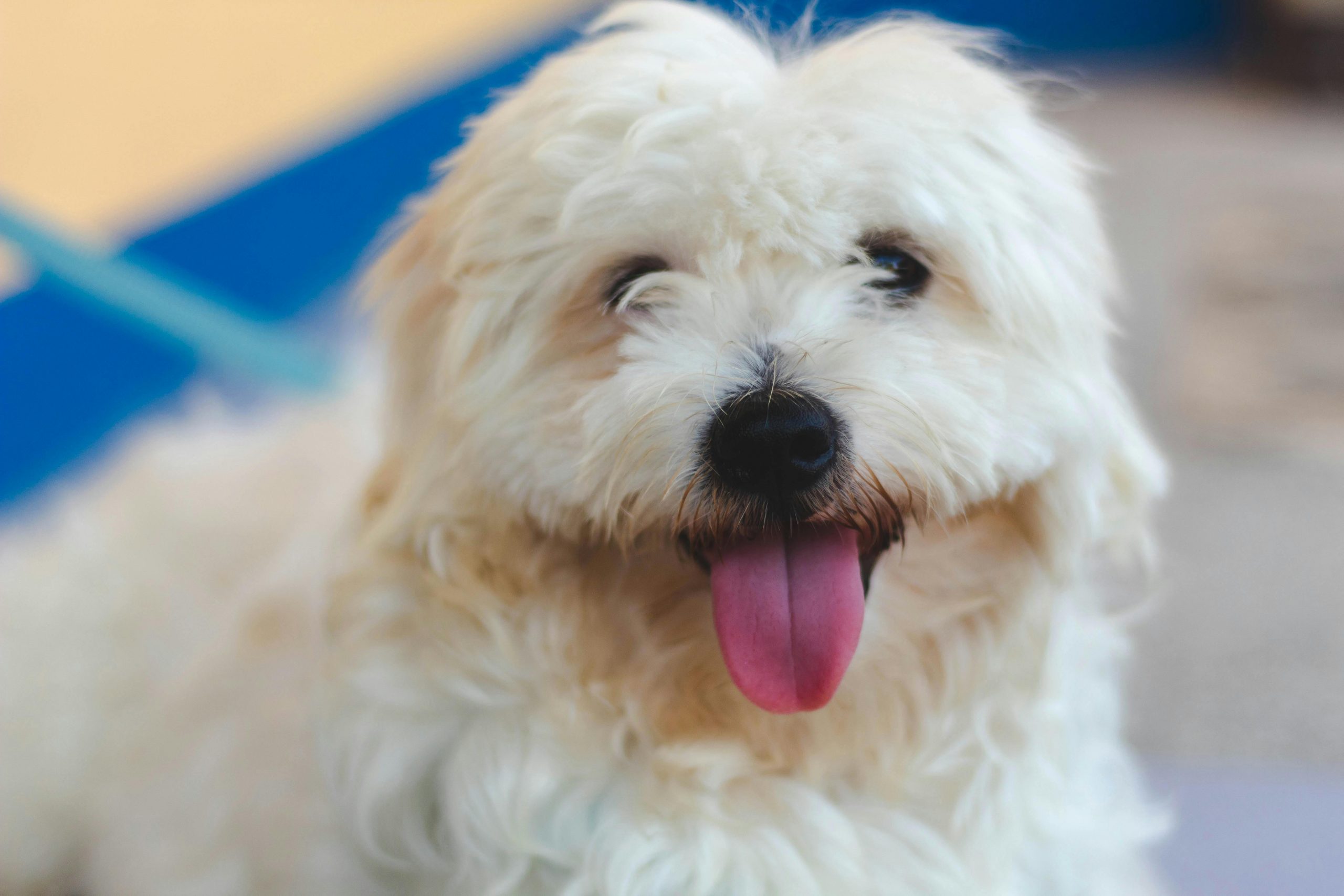With its flowing white coat and gentle, expressive eyes, the Maltese dog carries a history as rich and fascinating as the many cultures that have cherished this breed over millennia. Originating from the Mediterranean basin, the Maltese is one of the oldest toy breeds, with a lineage that can be traced back to ancient civilizations. Esteemed by aristocrats and commoners alike, the Maltese has played various roles, from companion and lapdog to status symbol and subject of artistic inspiration. This comprehensive exploration into the history and origin of the Maltese will delve into its ancient beginnings, the development of the breed over time, and its enduring popularity across the globe. By understanding the Maltese’s journey from its ancestral roots to its modern incarnation, we gain insight into not only the breed itself but also the evolving relationship between humans and their canine companions.

The Ancient Beginnings of the Maltese
The Maltese breed boasts an ancient heritage dating back at least 2,000 years. Historians and scholars suggest that the breed originated on Malta, in the Mediterranean Sea, although there are references to similar dogs in ancient Greek, Roman, and Egyptian civilizations. The philosopher Aristotle mentioned a small dog, which many believe to have been a Maltese, in his writings from 370 B.C., describing it as a prized possession among the elite. Ancient artifacts, including ceramics and frescoes, depict small, Maltese-like dogs, indicating their presence and significance in early societies. These dogs were admired for their beauty and companionship, often appearing alongside their noble owners in art and literature, solidifying their status as favored pets among the affluent and influential.
The Breed’s Evolution Through the Ages
Over the centuries, the Maltese has been known by various names, including the “Melitae Dog,” “Ye Ancient Dogge of Malta,” and the “Roman Ladies’ Dog,” reflecting its widespread appeal and presence across different cultures and epochs. The breed’s characteristics have been refined, but its distinctive long, white coat and compact size have remained consistent. By the Middle Ages, the Maltese had spread throughout Europe, becoming particularly popular among French aristocrats and British royalty. Crossbreeding with other toy breeds influenced the breed’s evolution, which helped shape its modern appearance and temperament. Despite these changes, the Maltese has retained its spirited and affectionate nature, endearing it to dog lovers throughout the ages.
The Maltese in Renaissance Art and Society
The Maltese is unique in Renaissance art, symbolizing purity and love in numerous paintings and sculptures. Artists of the time, including Titian and Goya, featured the Maltese in their works, often portraying the dogs in the laps of noblewomen, indicating the breed’s association with wealth and refinement. This period in history underscored the Maltese’s status as a luxury pet, a living accessory to the elite’s opulent lifestyle. The breed’s representation in Renaissance art also reflects its timeless appeal, embodying ideals of beauty and grace that transcended the era.
The Maltese as a Companion Dog
Throughout history, the Maltese has been cherished primarily as a companion dog, valued for its affectionate and gentle demeanor. Its small size and amiable personality make it an ideal lapdog, capable of forming strong bonds with its human counterparts. The breed’s intelligence and trainability have also made it a favored participant in various dog sports and activities, showcasing its versatility beyond mere companionship. Today, the Maltese remains a popular choice for families and individuals seeking a loving and loyal pet, embodying the qualities that have made it a cherished companion for centuries.
The Modern Maltese: Breed Standards and Popularity
The modern Maltese is recognized and beloved worldwide, with breed standards established to preserve its unique characteristics. The American Kennel Club (AKC) and other international canine organizations have set guidelines for the breed’s appearance, temperament, and health, ensuring the Maltese’s enduring legacy. These standards emphasize the breed’s signature white coat, which requires regular grooming to maintain its luxurious appearance and its spirited and friendly nature. The Maltese’s popularity in contemporary society is a testament to its adaptability and enduring appeal, thriving in various settings, from city apartments to rural homes.
The Maltese and Its Cultural Impact
The Maltese has made a significant cultural impact, serving as a muse for artists, writers, and creators throughout history. Its depiction in art and literature speaks to the breed’s symbolic significance, representing loyalty, beauty, and companionship ideals. In modern times, the Maltese remains a popular subject in media and entertainment, embodying the joy and unconditional love that dogs bring to our lives. The breed’s presence in cultural narratives underscores its role as a pet and a cherished member of the human family.
Challenges and Preservation of the Breed
As with many purebred dogs, the Maltese face challenges related to health and genetics, including issues like dental problems and sensitive skin. Responsible breeding practices are crucial for mitigating these risks and ensuring the health and longevity of the breed. Additionally, the Maltese’s popularity necessitates a commitment to ethical breeding and ownership, avoiding the pitfalls of overbreeding and ensuring that these dogs are placed in loving, suitable homes. Preservation efforts by breed enthusiasts and clubs around the world aim to maintain the Maltese’s legacy, ensuring that future generations can enjoy the companionship of this ancient and noble breed.
The history and origin of the Maltese dog offer a glimpse into the deep bond between humans and their canine companions. This relationship has evolved yet remained constant through the ages. From its beginnings on the Mediterranean island of Malta to its status as a beloved pet across the globe, the Maltese has endured as a symbol of beauty, loyalty, and affection. As we look to the future, the continued appreciation and responsible stewardship of the Maltese breed will ensure that this charming and elegant dog remains a joy and a treasure for many years.
Frequently Asked Questions About The History of Maltese

 Toledo, United States.
Toledo, United States.